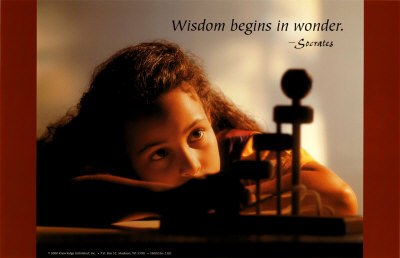In the colonisation of Australia, the British’s ethnocentricity caused conflict and many other problems. When an ethnocentric group of people colonize another land and perceive the people of that land to be inferior to them, their ethnocentric ways will cause them to have no respect for the native culture, and they will try and convert the locals to their culture. This is what happened in the colonization of Australia. The British came to Australia and they saw these so-called ‘animals’; the Aboriginal people. The British thought that their culture, religion and ways were the best and far better than the savage, barbaric way of life the Aborigines had. So they took control of the land and called themselves Australians. The first problems arose when the Australians thought they were killing off the aborigines. One elder Australian decided to kill McIntyre, a gamekeeper. He believed that McIntyre was killing aborigines. Also, the aborigines were frustrated at how their culture and ways were being changed and almost taken over by the British lifestyle. They thought that killing McIntyre would both stop the killing of aborigines and intimidate the British. But all it did was enrage the British more. The British were angry that people had spoken out against them and wanted total control. So governor Phillip sent out a party to kill and behead the aborigines he believed were responsible. This shows the British’s completely ruthless and bloody nature. It is clear that the British want control and are willing to do whatever it takes to gain control. They are angry that someone had the nerve to challenge the dominance of their culture and lifestyle. But the aborigines are justified in their actions. Everyone fears change, and in this case the aborigines had to speak out or else their land and lifestyle would soon be completely taken over by the British. This whole dual perspective is what causes conflict. In the end, who is right?
The second instance of ethnocentricity causing conflict is when the Australians decide to uproot all the local crops and in their place plant wheat and corn. This shows the Australian’s disregard for the native lifestyle, and a desire to have complete control. When the Australians replaced all the local crops and replaced them with crops from Britain like wheat and corn, they were basically contributing to the depletion of the aborigines’ food source. If all their food and crops are gone, what can they eat? They can try to eat the Australians’ food, but like in The Rabbits, it could make them sick and cause an epidemic to break out. In this act, the Australians were not thinking about the situation from the aboriginals’ point of view at all. They were so fixed on the notion that their British culture and lifestyle were the best that they wanted to replicate every little detail of it in New South Wales, as they called it. This went all the way to planting the same crops and bringing the same animals over to Australia. The Australians, however, were completely clueless about the consequences of their actions. The Aborigines, led by Pemulwuy, burnt down all the crop fields and war broke out. They did not appreciate the Australians’ ethnocentricity one bit. The war went on for a long time, and subsequent, smaller conflicts arose as well. Generally, the effects were very negative.
Because of the Australians’ ethnocentricity and wanting to rule over Australia exactly the same way as they ruled Britain, many conflicts arose and the effects were mainly negative. Ethnocentricity does cause conflict in many ways.
